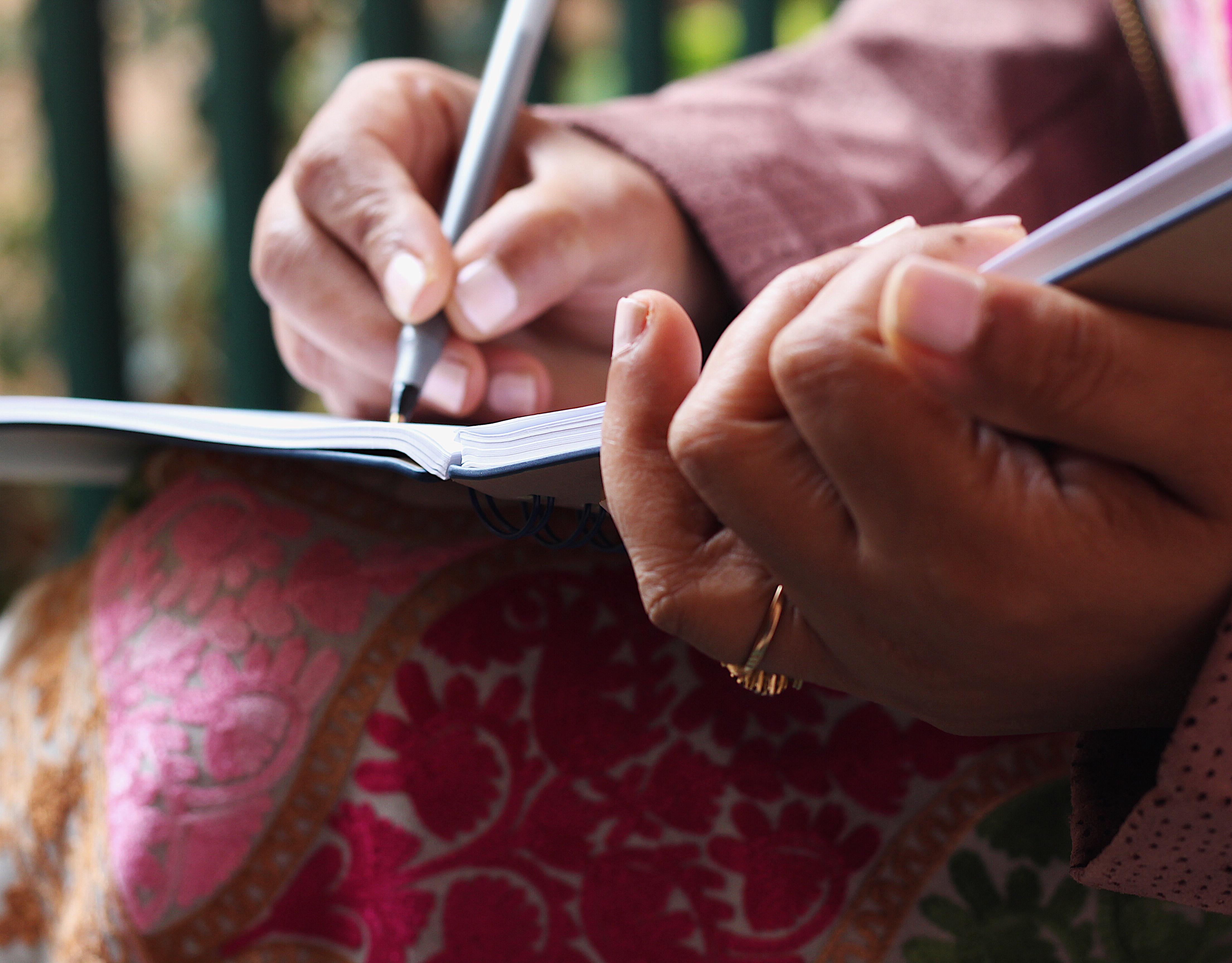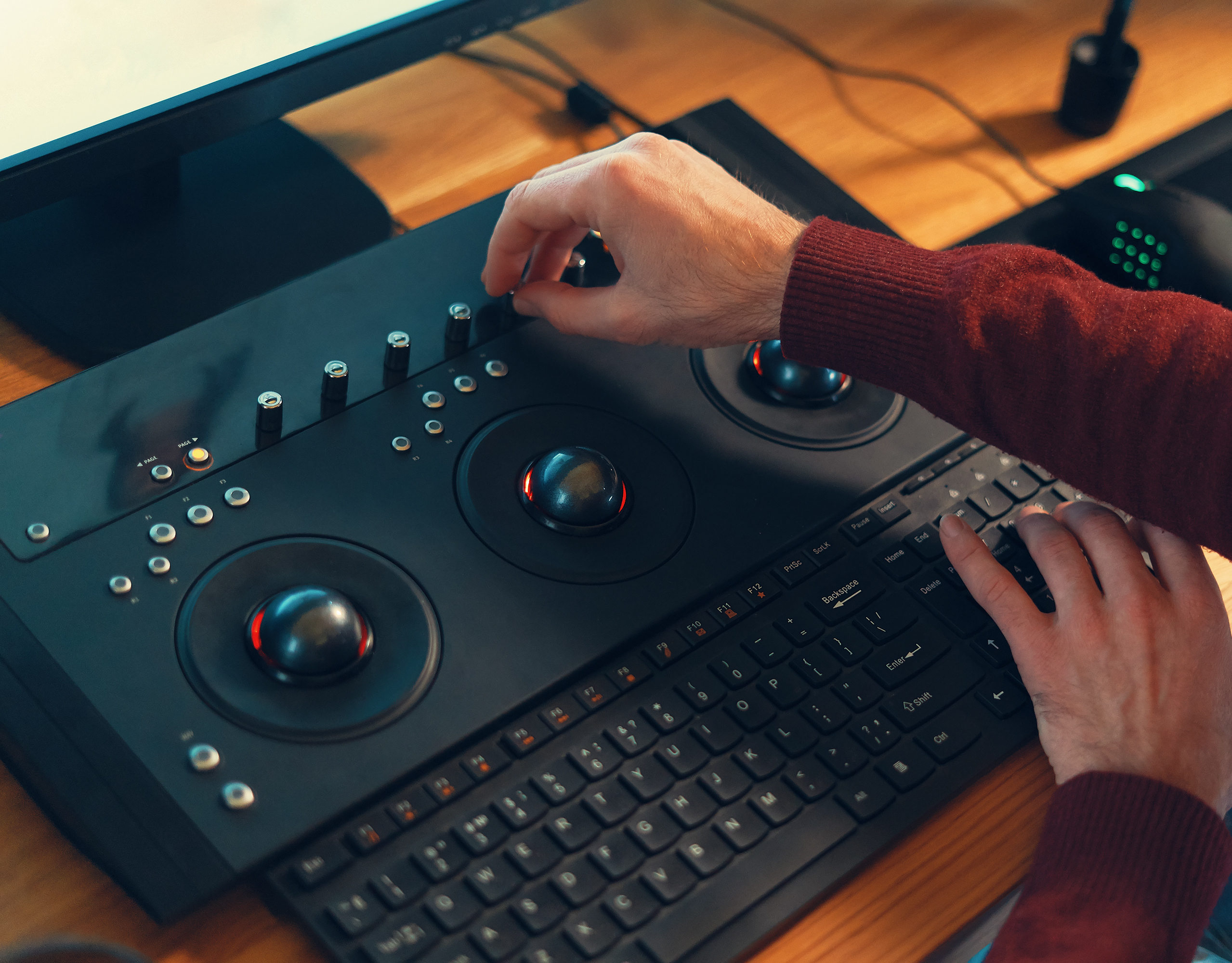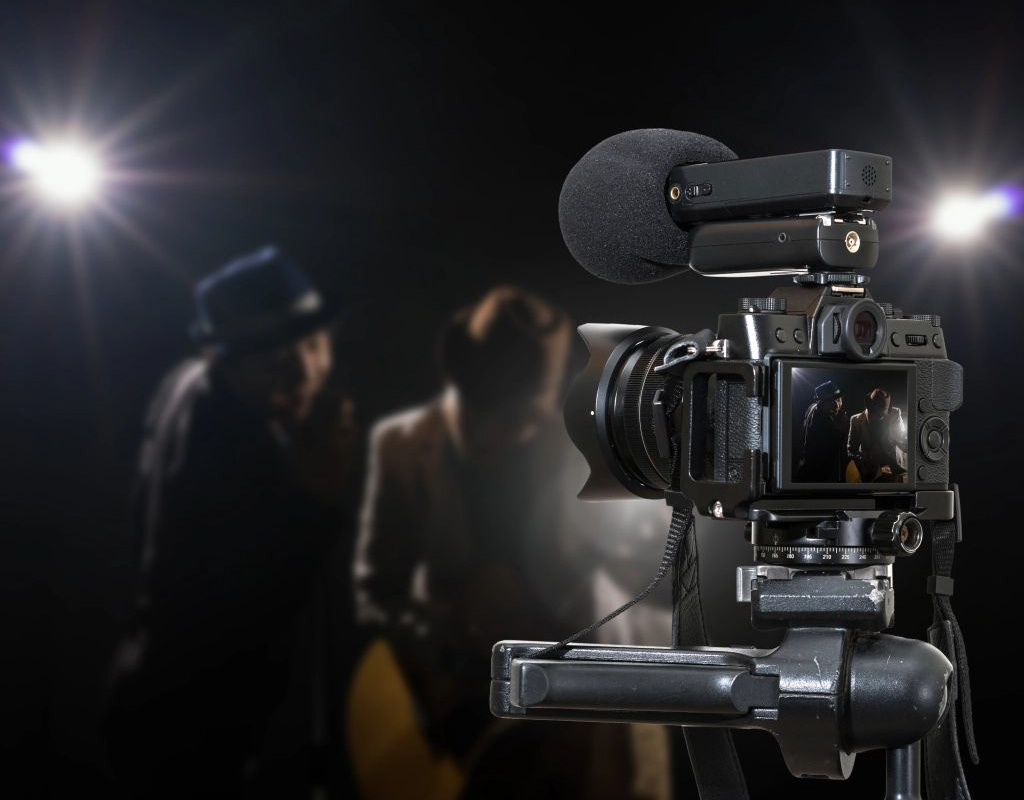We’ve done location scouts everywhere—from crowded hospitals to quiet hilltop chalets—and trust us, these five steps make all the difference.
1. Get Access Sorted
This might sound obvious, but you'd be surprised how often we arrive and… security won’t let us in.
Once, at a high-rise office in KL, the client forgot to pre-register our team. We spent an hour at the lobby explaining ourselves. It was awkward—and avoidable.
What to do:
Inform security, management, or any relevant gatekeepers. Get passes ready. If lifts or restricted areas are involved, let us know in advance.
Inform security, management, or any relevant gatekeepers. Get passes ready. If lifts or restricted areas are involved, let us know in advance.
2. Tidy Up (Even If It’s Not the Real Shoot Yet)
No need for perfection—but a space free of clutter helps us see the location clearly. We once walked into a restaurant where the kitchen equipment was blocking all the great angles. After 20 minutes of rearranging, we finally saw its full charm.
What to do:
Clear up personal items, extra furniture, or storage boxes. If there are multiple rooms or areas, label which one is most important for filming.
Clear up personal items, extra furniture, or storage boxes. If there are multiple rooms or areas, label which one is most important for filming.
3. Check the Natural Light
Light changes everything. Literally. A beautifully lit room in the morning might be dark by noon. In one project for a skincare brand, the location looked stunning at 10 AM—but by 3 PM, it was gloomy. We had to rework the whole schedule.
What to do:
Note the time of day when the space looks best. Take a few phone shots and share them. We’ll use that to plan our shoot timeline better.
Note the time of day when the space looks best. Take a few phone shots and share them. We’ll use that to plan our shoot timeline better.
4. Have a Backup Plan (Just in Case)
Rain. Construction noise. Power cuts. These things happen. During an indoor shoot at a school in Ipoh, we planned to film in a classroom—but none were available. The surrounding area was noisy with kids. So, we improvised and shot right in the middle of the school field. No power outlets? No problem. We used diffusers and made it work outdoors.
What to do:
If your main location is outdoors or public, have a second option in mind. Even an indoor corner nearby can save the day.
If your main location is outdoors or public, have a second option in mind. Even an indoor corner nearby can save the day.
Why It Matters
Scouting isn’t just about pointing at walls. It’s about making decisions before the clock starts ticking on shoot day. When you’re prepped, we can focus fully on the creative—lighting, framing, timing—and less on logistics.
The better the prep, the smoother the shoot. And the smoother the shoot, the better your final video.
TL;DR:
Before your videographer arrives, prep your location: get access sorted, tidy up, check lighting, and have a backup plan. A little effort now = better results later.
Let’s make your space work for your story.
adVirtus Creative Works publishes these articles to assist prospective clients and the creative circle in making informed decisions. Based in Ipoh, Perak, and serving all of Malaysia—especially Kuala Lumpur, Selangor, and Penang—we specialize in corporate and branding videos, documentaries, and digital content strategy.










